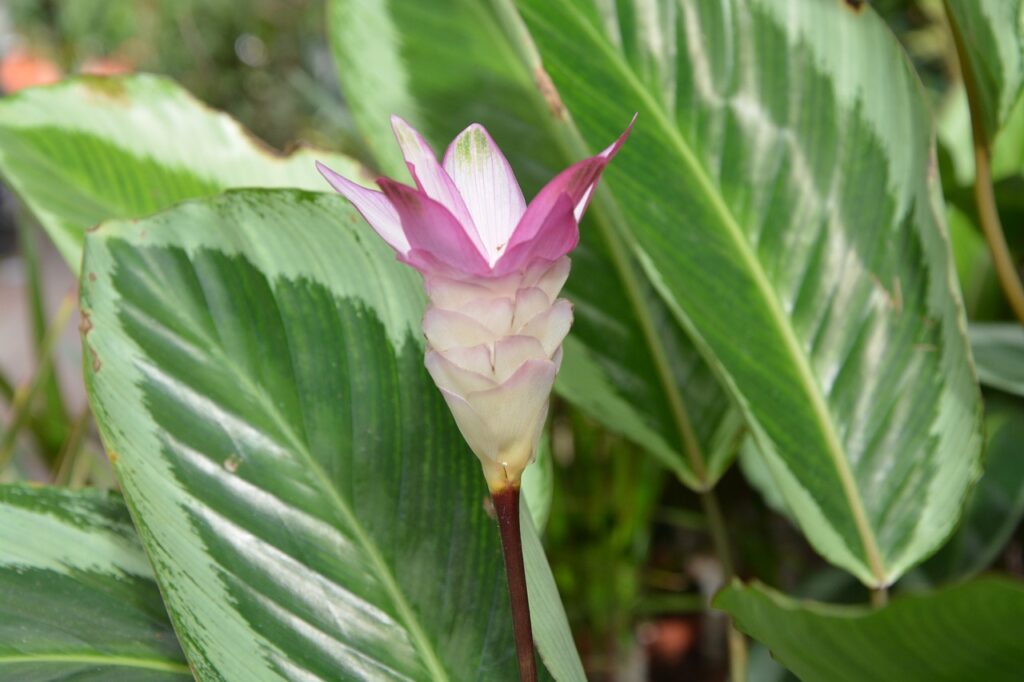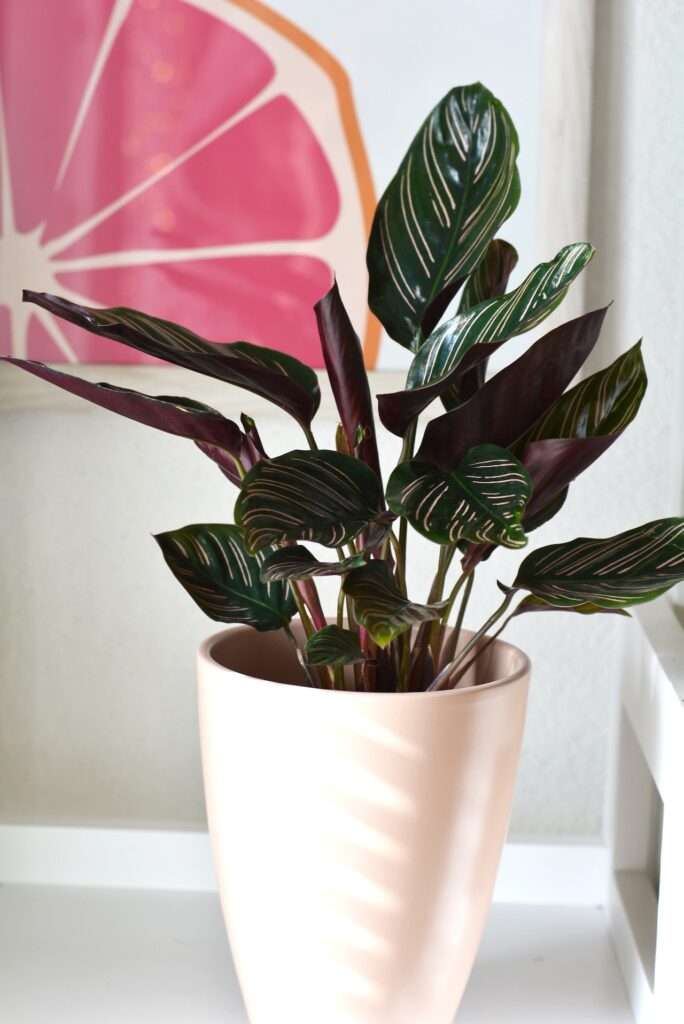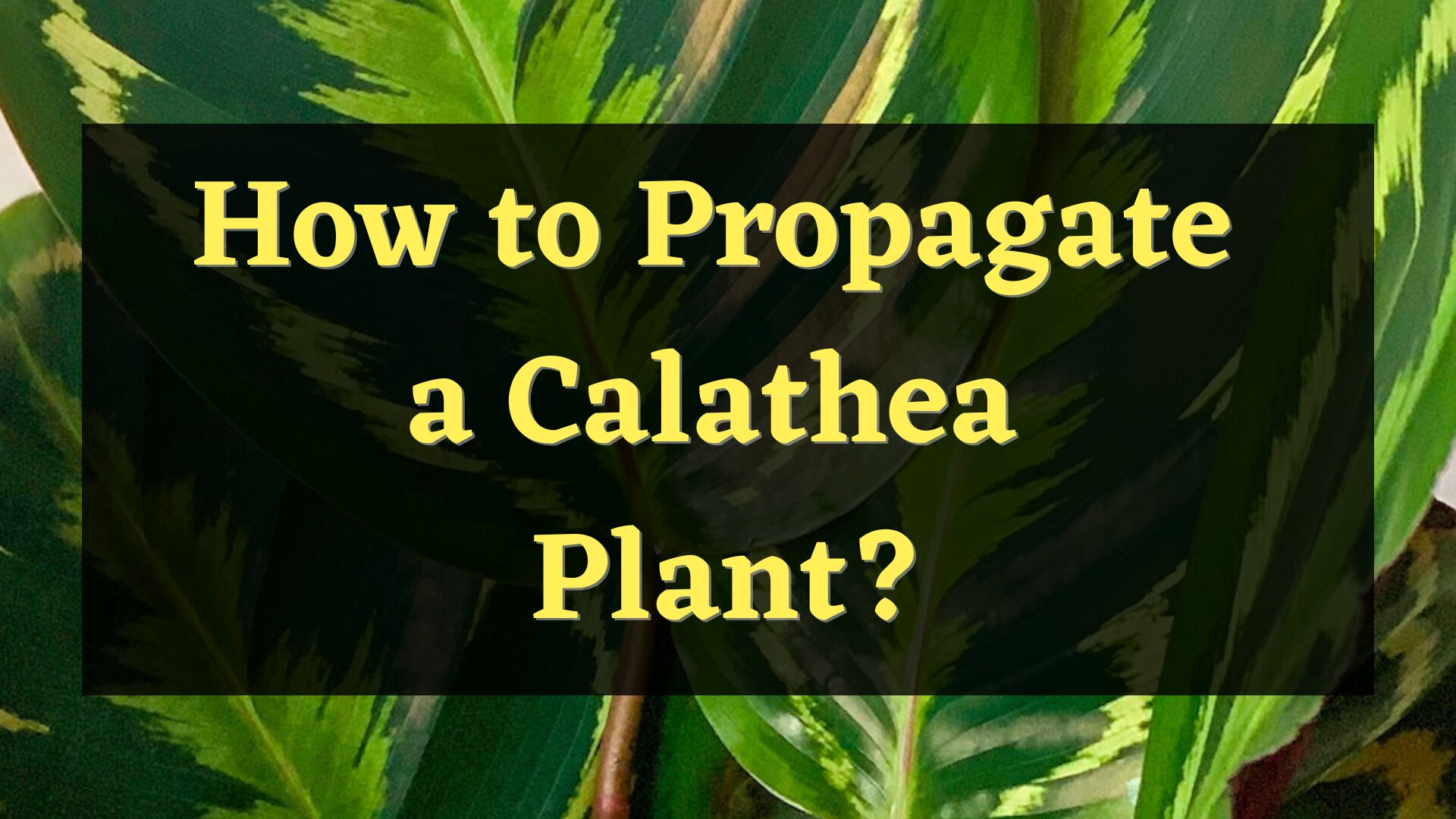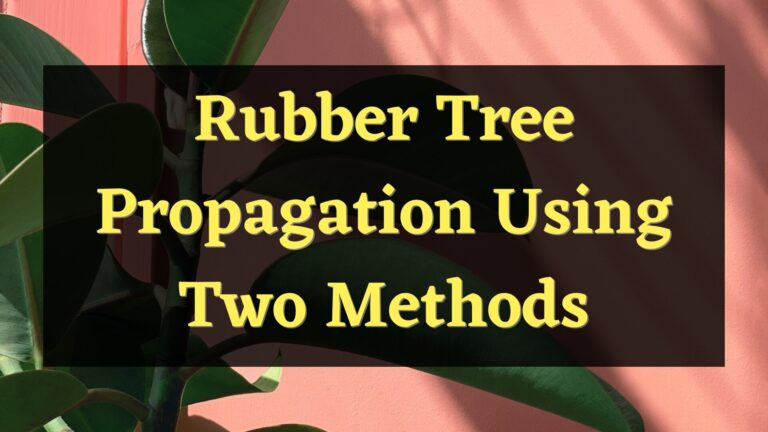Calathea is a foliage plant that belongs to the Marantaceae plant family. Some of its varieties are Calathea Ornata, Calathea Marantifolia, Calathea Lancifolia, and Calathea Orbifolia. This plant is eye-catching which makes it a good decoration in your house. Plant propagation is an important skill as it allows you to increase your plant collection without spending too much. In this article, the process of how to propagate a calathea plant will be discussed thoroughly.

How to propagate Calathea from cuttings
Calathea can be propagated through cuttings. It can be done through water or directly into the pot.
Propagating Calathea plant cuttings in water
Preparing the Pot that you will use
Choose a pot that has good drainage as it helps the plant to easily access air and absorbs water. A well-draining soil must be used to remove toxic substances in the root zone. Perlite and peat mixture can be added because it balanced the moisture and aeration in the root area.
Water the soil until it becomes moist
Moist soil improves the aeration condition in the root zone and it helps the plant to absorb nutrients easily.
Cut 13 to 15 centimeters of the stem from the parent plant
The parent plant must be healthy and mature to ensure that propagation will be successful. Carefully cut the stem just below the leaf node. The stem of the plant must have a slant cut to accelerate root development and protect it from any plant diseases.
Take off the leaves on the lower part of the stem
Keep at least three to four leaves on the top of the stem. The leaves on the lower part must be removed because they can stress out the cutting.
Dip it in the rooting hormone
This is an optional step if a rooting hormone is not available. Its purpose is to support root development to propagate the plant faster.
Plant it in a pot that you prepared
Plant the Calathea cutting in the pot and sprinkle water on it until the soil becomes moist.
Put the Calathea plant in a warm and humid area
Calathea plant must be put near the window because this is the best spot that provides bright and indirect sunlight. The glass and the curtain protect the plant from direct heat.

Monitor its condition regularly
The condition of the plant must be checked regularly to keep it healthy so that propagation will be successful. Regular monitoring will help you to prevent and stop any problems that will hinder plants’ growth.
Can you root Calathea in water?
Calathea can develop roots in the water. Cuttings must be placed in a humid environment for faster root development.
Powdered rooting hormone can also be used to support root development. Some of the benefits that it provides are acceleration of root initiation, shortening the rooting process, boosting root production, and improvement of rooting homogeneity.
You can also root the Calathea plant without using powdered rooting hormone. It must be put in fresh and clean water. It needs proper care and attention to propagate effectively.
Are Calathea plants easy to propagate?
Calathea plants are easy to propagate. It can be propagated through division or stem cuttings. Propagating the Calathea plant through division is easier than the cutting method.

Propagating the Calathea plant will be easier if you know how to do it properly. Taking good care of your Calathea plant is essential for effective propagation.
How long does it take a Calathea to propagate?
It will take an average of 5 weeks to completely propagate the Calathea plant. The propagation time depends on how you take care of it. The best way to propagate them faster is to monitor them regularly and provide all the requirements that it needs to grow effectively.
Conclusion
Calathea has visually appealing leaves that make it a beautiful houseplant. In this article, the process of how to propagate Calathea have discussed. Propagation will increase your Calathea plant collection. You can share it with your friends and neighbors or sell them if you want an additional source of income.

Elizabeth Mcmillan is a passionate gardener with a strong interest in plants. She used to be a teacher, but Elizabeth has spent the last few years immersing herself in the world of plants, learning about their biology and cultural value and trying out different ways of growing them in her own garden. Elizabeth Mcmillan loves indoor plants, succulents, and cacti, and her friends and family know her as a plant care expert.








